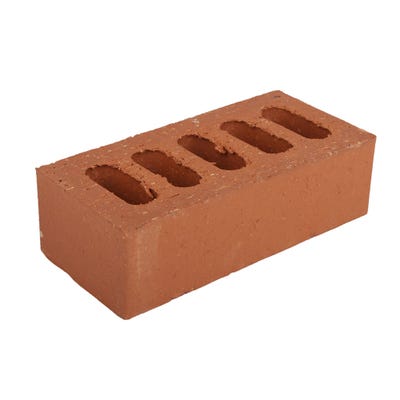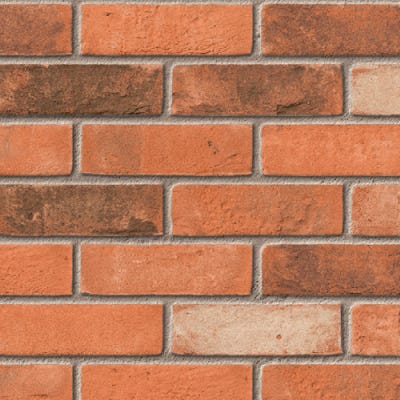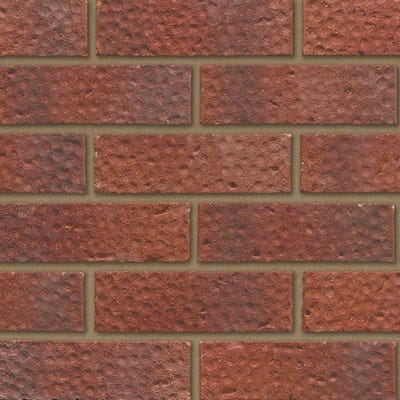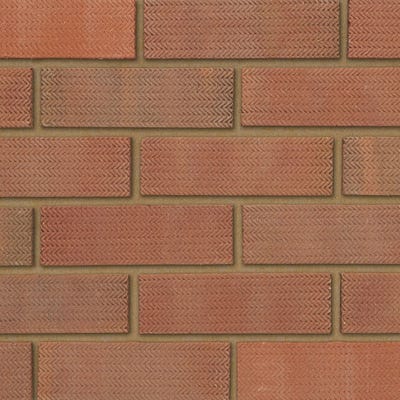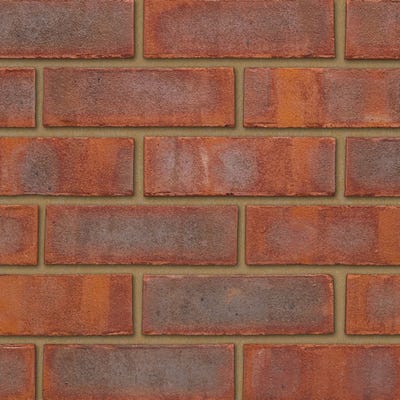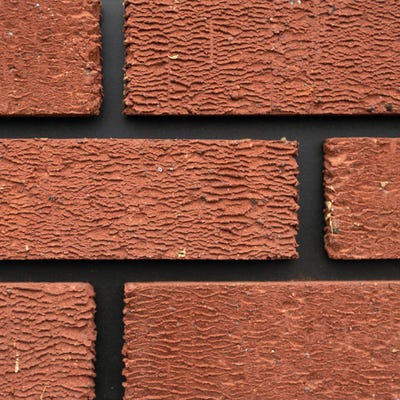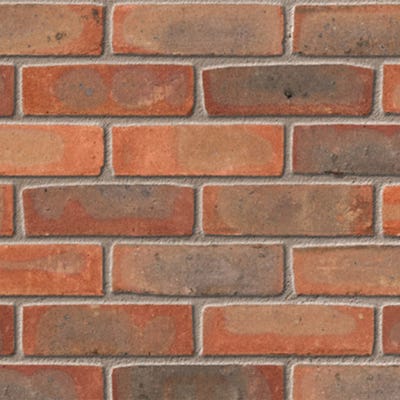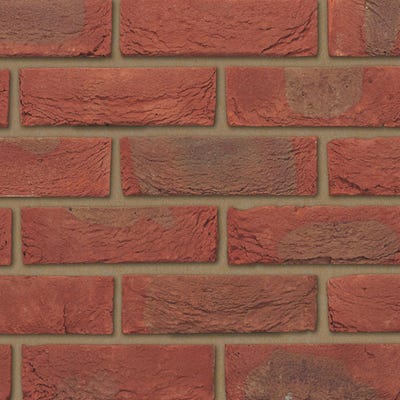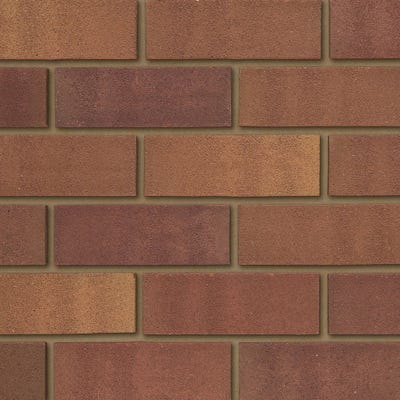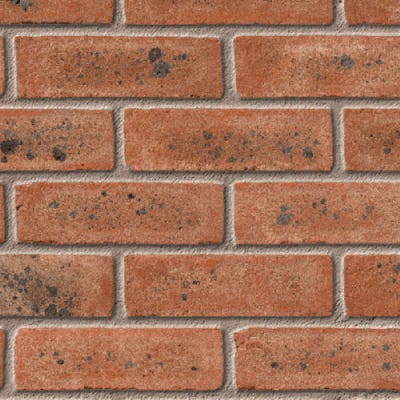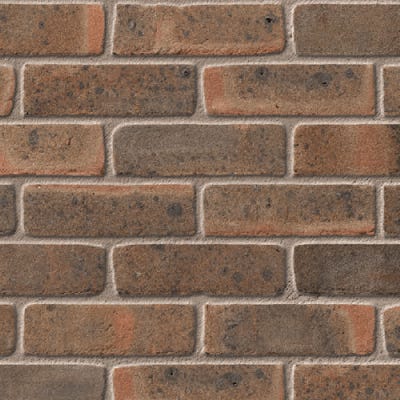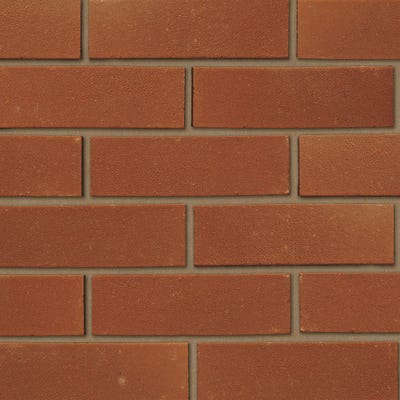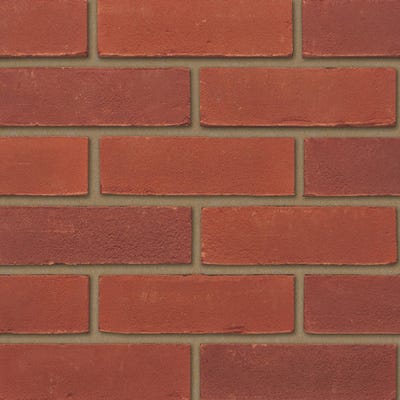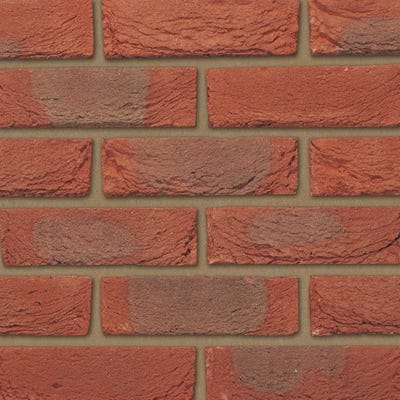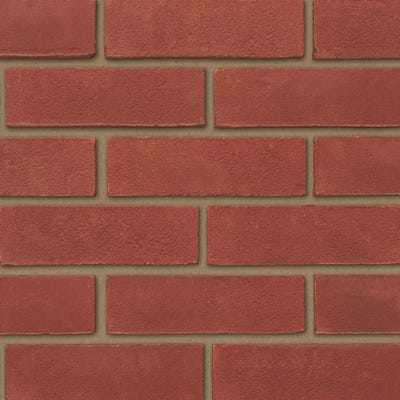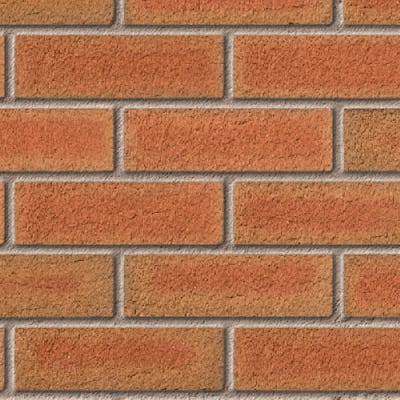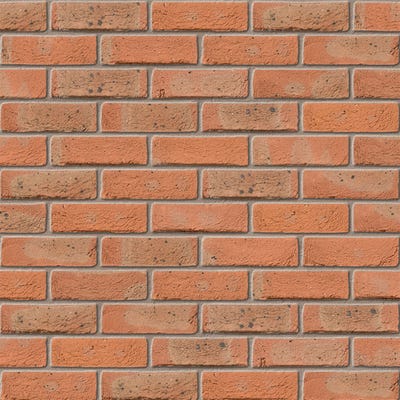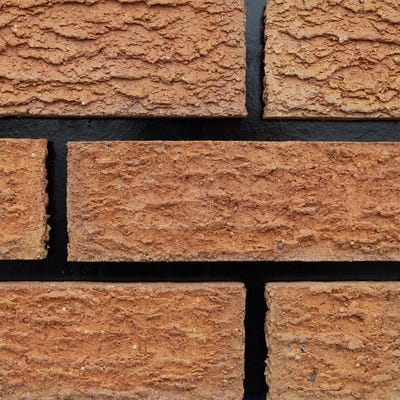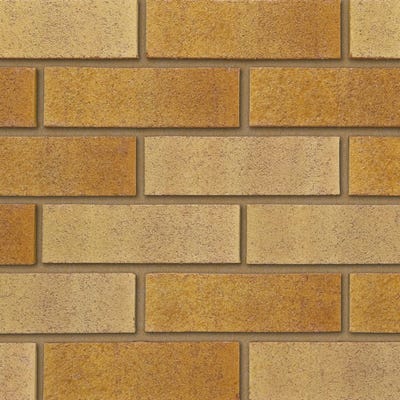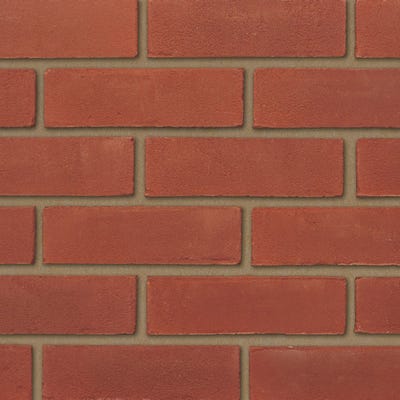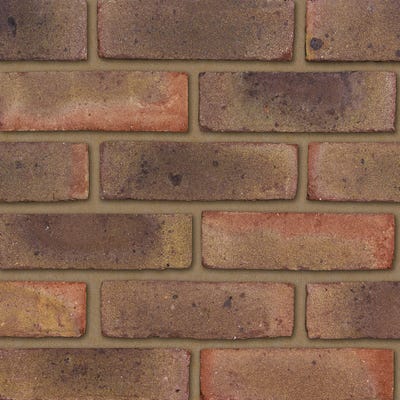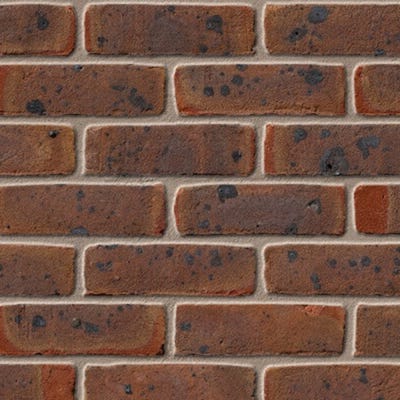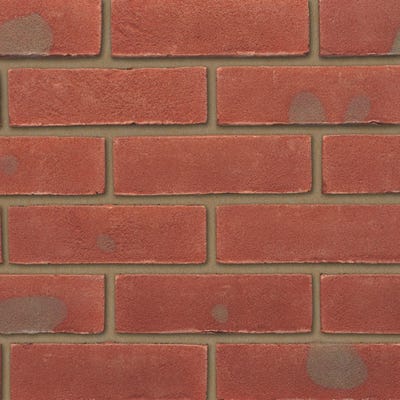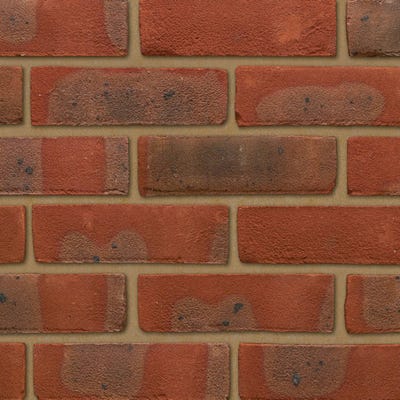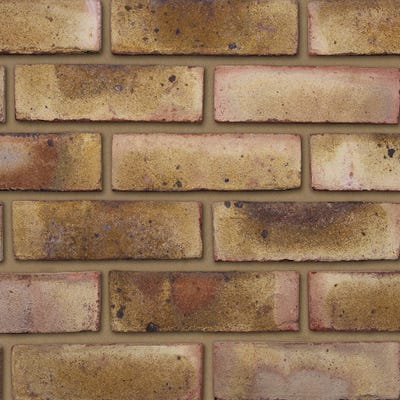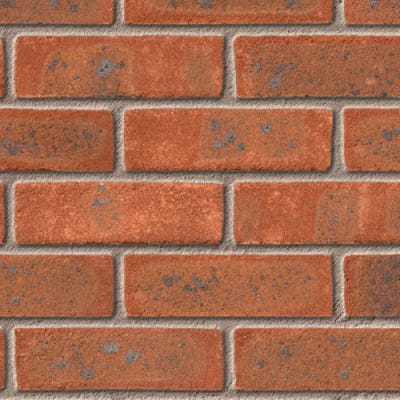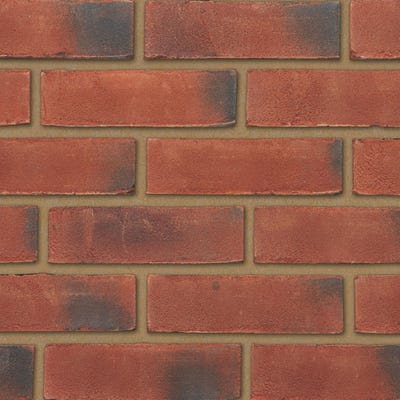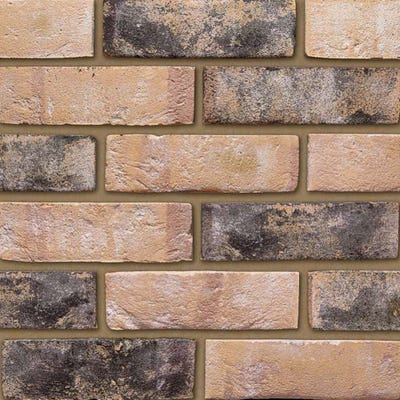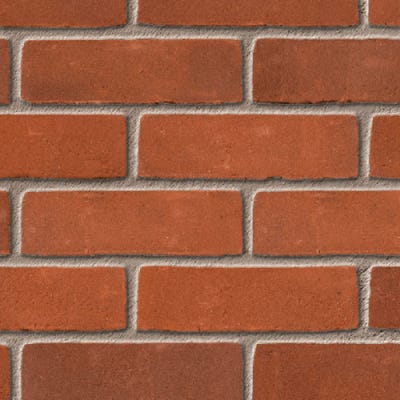Ibstock Bricks
Ibstock are experts in brick making and have an impressive collection of case studies, including Teeside University and West Hampstead Station. With numerous awards under their belt, you can feel confident you’re getting fantastic top quality bricks for any project. Explore Ibstock’s range of bricks, which can be bought as a pack or a pallet of bricks, today at Builder Depot, available in a myriad of colours to suit your needs.
Read More Read LessNow Shopping By: 1 Applied Filters
What are bricks made of?
Traditionally, a brick is made of sun-dried or fired clay. But now the term can be used to describe any block of stone or clay joined together with mortar. The clay can be mixed with other materials such as ash, cement, and pigments to change the brick’s characteristics.
Types of bricks
There are three main categories of bricks: facing bricks, engineering bricks and common bricks. These bricks are made in different ways, and each type has its unique physical properties. This makes one more suitable for a specific job than another. The main properties to consider when deciding which type of brick is suitable for your project are absorption, strength, durability, size, and colour.
What size are bricks?
The standard UK brick is 215 x 102.5 x 65mm.
How heavy are bricks?
The average UK brick weighs approximately 5 pounds (2.3kg). This means large-scale brickwork is extremely heavy and should only be professionally laid to prevent it from collapsing. Unstable brickwork is an extreme safety hazard.
Why do bricks have holes?
Bricks with holes are quicker to make as there is better heat distribution during the firing process. It also saves the amount of raw materials the manufacturer needs to make the brick. These holes are also beneficial to builders as the mortar fills them and helps securely lock bricks together.
What colour are bricks?
Bricks come in a variety of red to brown colours, caused by the temperature the clay brick mixture is fired at. However, now anything is possible. For example, lime washed bricks have a powder white finish, and glazed bricks come in all colours, producing striking results. Facing bricks have the most diverse colour range.
How to drill into brick
When drilling into brick, use a power drill set to hammer mode and a masonry drill bit. Start by marking your spot, then drill slowly to avoid cracking the surface. Use steady pressure and pause occasionally to let the bit cool. For best results, choose a carbide-tipped masonry bit that matches the size of your wall plug or fixing.
How to remove paint from brick
To remove paint from brick, start by using a paint stripper specifically formulated for masonry surfaces. Apply it generously with a brush, let it sit according to the product instructions, then scrub with a stiff-bristle brush. For tougher layers, you may need to repeat the process or use a gel-based stripper that clings to vertical surfaces. Always test a small area first and wear protective gear to avoid skin or fume exposure.
How to clean bricks
To clean bricks, start by brushing off loose dirt with a stiff-bristle brush. Then wash the surface using a brick-safe cleaning solution. For tougher stains, a mixture of water and white vinegar can help; just apply, scrub, and rinse thoroughly. Avoid using high-pressure washers on old or damaged brick, as it may cause erosion. Always test your cleaning method on a small area first to ensure it won’t damage the brickwork.
How to stop salt from coming out of bricks
Efflorescence from bricks, seen as white stains, may appear on your brickwork, particularly in the winter, especially if your home is a new build. It is where the salts inside the bricks have evaporated out. Over time, these stains will go away, but they may reappear during wet seasons. Whilst efflorescence may affect the aesthetic of your walls, it does not compromise the structural integrity of your bricks. Therefore, you can leave it.
However, these stains can also happen where there are damp problems. (But don’t assume all efflorescence is caused by damp issues!) To stop salt from coming out of bricks, you need to address the moisture causing it. First, brush off the white salts with a brush and avoid using water, as it can dissolve and spread the salts. Then identify and fix any sources of moisture, such as leaking gutters, poor drainage, or rising damp.
Please note, whilst brick sealers are popular, you should not seal bricks with unbreathable coatings. Sealing bricks can cause them to crumble, and you will need to repair your brickwork.
Where to buy bricks
You can buy bricks from us at Builder Depot online or in store, making it easy to get what you need for your project. Shop online for a wide range of bricks, including Ibstock, Wienerberger, and more, with the option to have your bricks delivered straight to site. For hands-on help, visit our brick display at our New Southgate branch, where our knowledgeable staff can assist you in matching brickwork for extensions, renovations, or repairs. We also offer brick samples on selected products online, so you can see the colour and texture up close before placing your full order.

